On Colle Rosso, a small hill in the Lepini Mountains overlooking the Amaseno valley, lies Priverno. The medieval historical nucleus, arranged in a crown around the centre of the hill, is enclosed within the city walls which was accessed through seven doors.
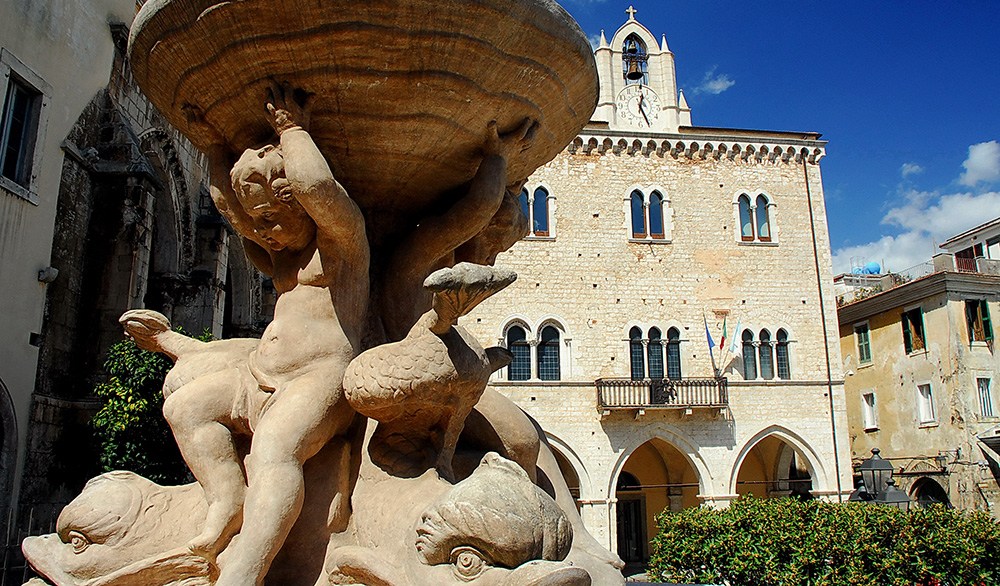
Priverno
In the central Piazza Giovanni XXIII, we can find the two historical symbols of the village, the Town Hall and the Cathedral of S. Maria Annunziata, which hosts what is believed to be the skull of Saint Thomas Aquinas, who died in the nearby Fossanova Abbey. Other valuable monumental works are Palazzo Antonelli, the Fountain of the Dolphins and the Castle of S. Martino.
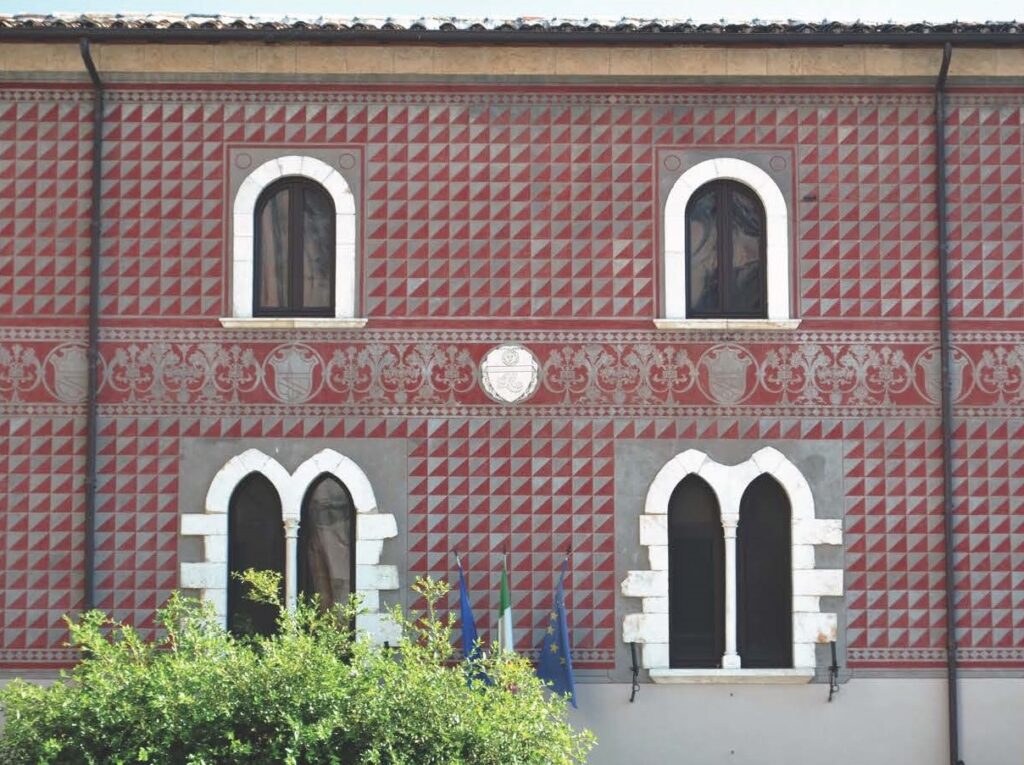
Palazzo Guarini Antonelli, facciata – www.retedimorestorichelazio.it
The Guarini Antonelli Palace stands out in front of the Cathedral and the Town Hall. It was the residence of illustrious local families between the 13th and 20th centuries. Of medieval origin, it reached its present size in the early 16th century with the addition of a floor and two side bodies.

Palazzo Antonelli, dettagli affresco raffigurante Priverno
In the early 20th century, it became a property of the Antonelli family, who embellished its facades with amaranth and lead-gray ‘graffito’ decoration by Angelo Domenico Cives. The interiors were adorned with geometric decorations and painting with characteristic late 19th-century and late Art Nouveau elements, featuring urban panoramas of Priverno.
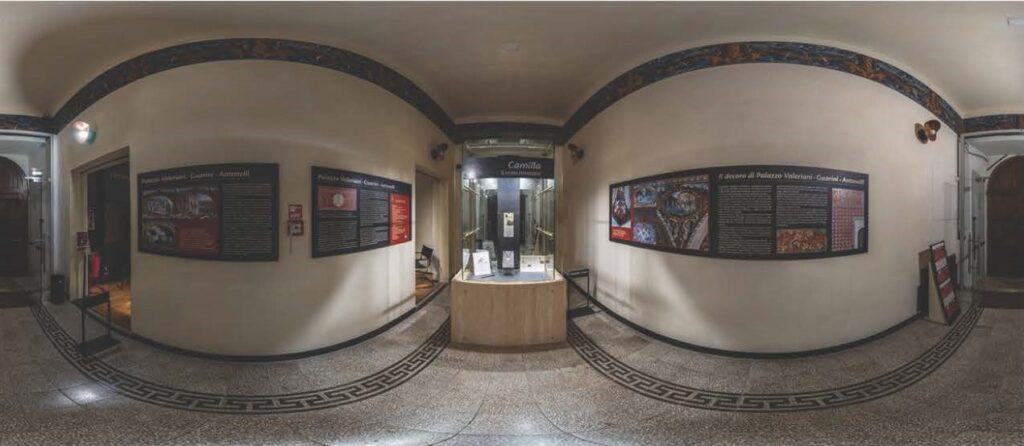
Palazzo Guarini Antonelli, Museo Archeologico – www.retedimorestorichelazio.it
The building has been a municipal property since 2006 and has been home to the Archaeological Museum since 2013. The museum layout is set in twelve rooms with frescoed ceilings and concludes with a large terrace. The museum traces the stages of life in ancient Privernum, the remains of which can be visited in the archaeological area of Mezzagosto.
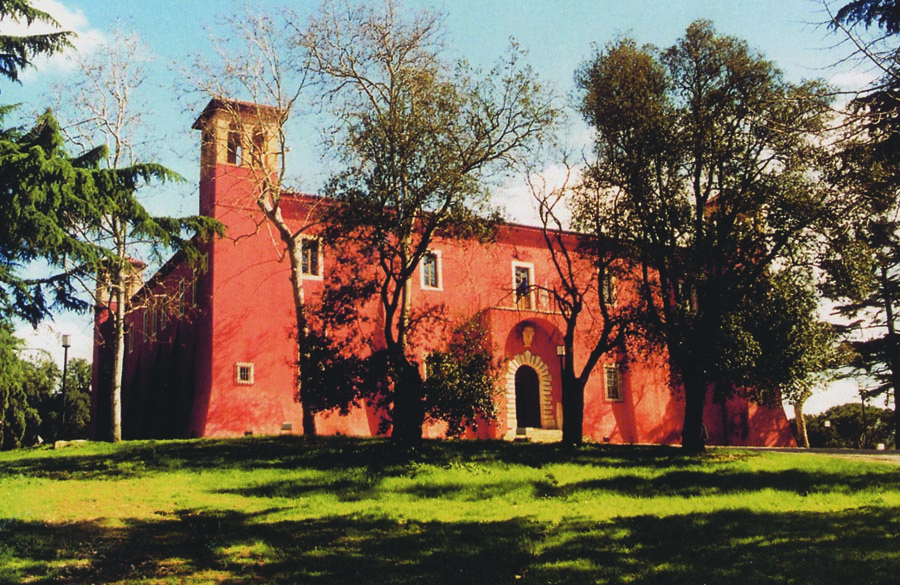
Castello di San Martino, facciata – www.retedimorestorichelazio.it
The complex of the Castle and Park of San Martino was built in the countryside between Priverno and the Abbey of Fossanova, on top of a presexisting church dedicated to St. Martin. The building was constructed around the middle of the 16th century by Cardinal Bartolomeo Gallio. The imposing fortified villa also hosted Pope Sixtus V, who was passing through Terracina. In the late 19th century the castle came into the possession of the Borghese princes and, in 1914, the Di Stefano family.
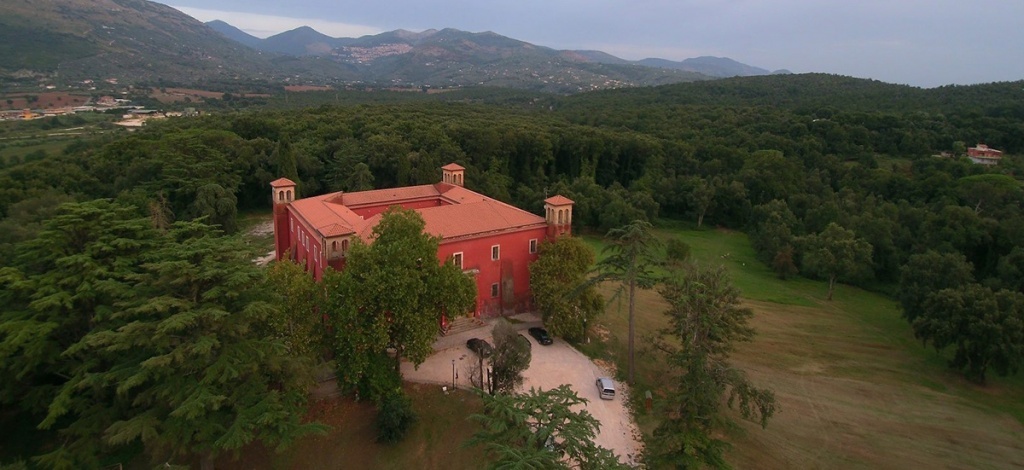
Castello e Parco di San Martino – www.retedimorestorichelazio.it
The hallway houses the chapel dedicated to St. Martin. The surrounding Park of nearly 3 hectares is an oak forest, with a lodgepole pine forest and a large clearing crossed by a white road up to the villa.
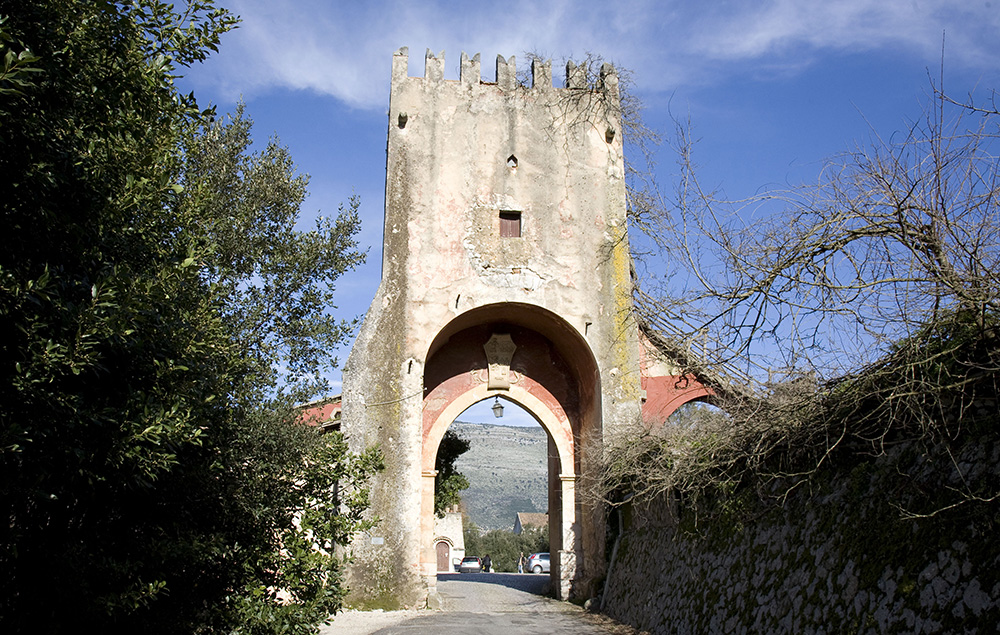
The village of Fossanova
A few kilometres from Priverno, we find Fossanova, born as a very small village in the marshy countryside at the end of the 1100s, it then became a metal factory using the water of the Amaseno river. An unmissable event is held in the village, the Medieval Festival, with reconstruction of environments and life scenes of the time.
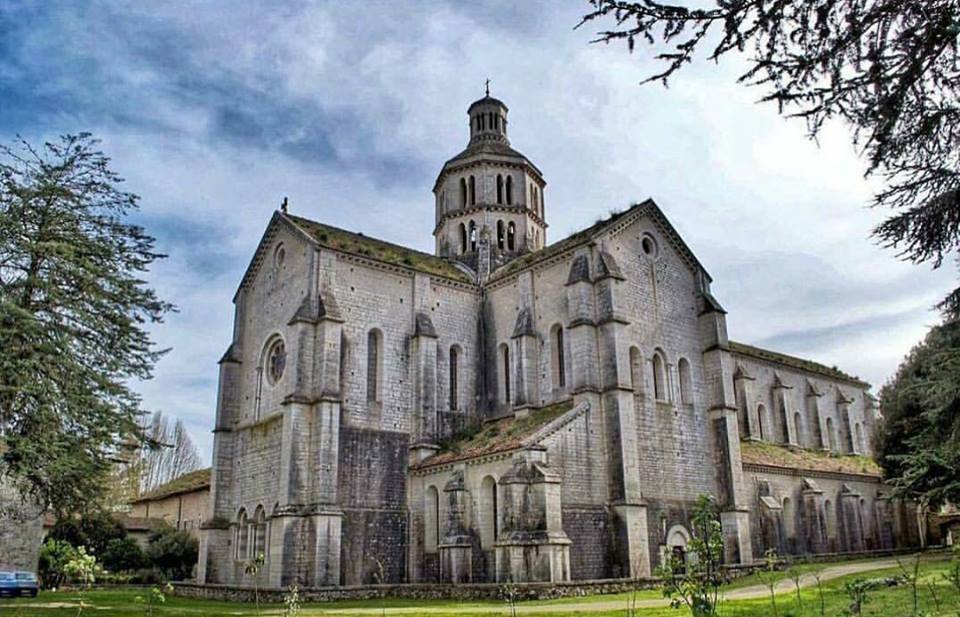
Abbazia of Fossanova – Instagram @visit_priverno
Fossanova Abbey is the first example of Gothic-Cistercian architecture in Italy. It is the most French of the Cistercian abbeys. Church, convent, infirmary, stable, hospice for pilgrims, the rooms are well preserved and with perfect geometry. They were all built with the sole help of local stonemasons by a single monk from France. They were designed for simple life, meditation and work.
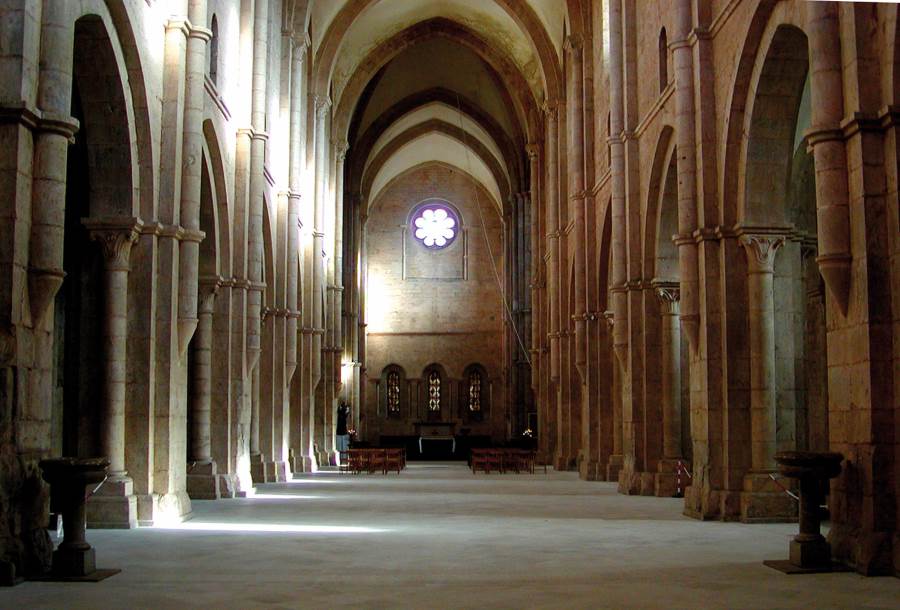
Abbazia di Fossanova
The facade with its large rose window, the white backdrop with the octagonal lantern against the sky, on the left the red abbot house, on the right the Roman remains. Inside, the experience is mystical among the shadows and lights. And then pillars towards the apse, the small door which leads into the cloister, an internal-external space with columns in pairs and very elaborate capitals, the chapter house and the refectory. At the back there is the room that hosted Saint Thomas Aquinas in the last moments of his life, in 1274.
The perfect acoustics make the church ideal for concerts. Every summer the Pontine Music Festival is held under the Gothic vaults of Fossanova, a national monument since 1874.
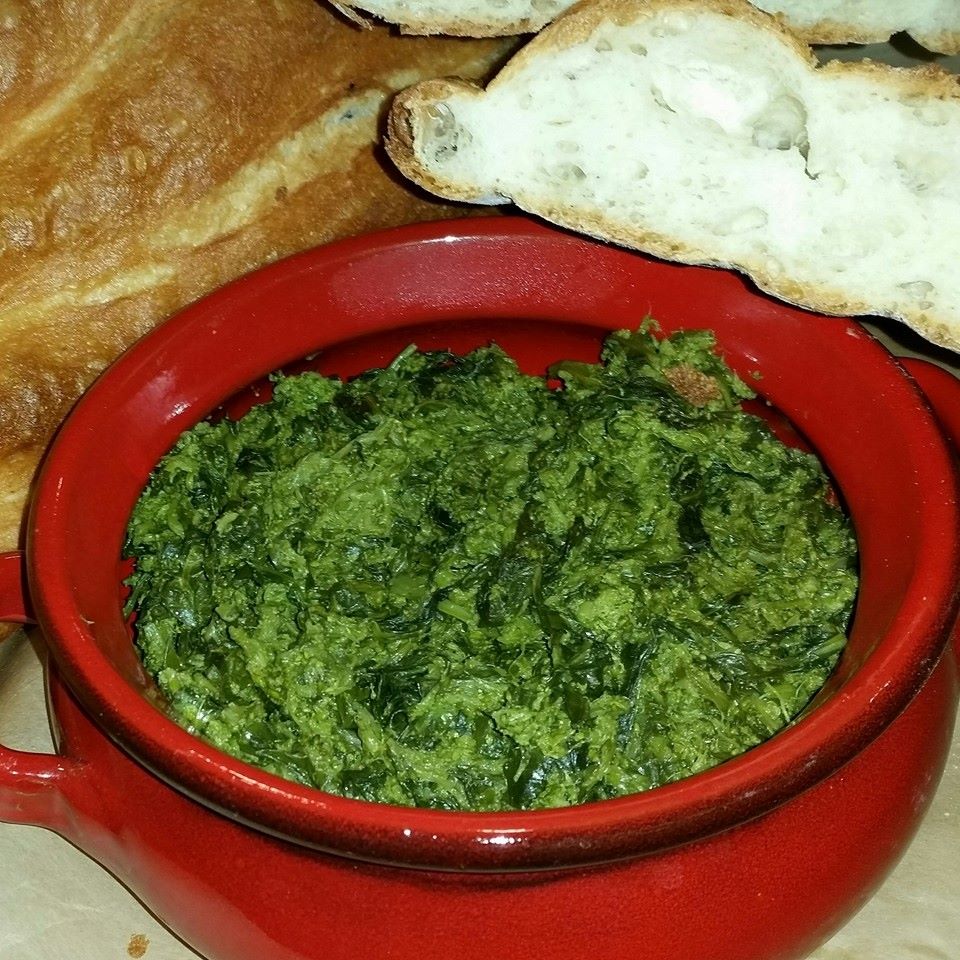
Falia e Broccoletti – Facebook @faliabroccolettipriverno
Priverno is renowned for the production of mozzarella and buffalo meat. In 2023 the typical Falia di Priverno obtained the Geographical Collective Mark, a national recognition reserved for local products rich in quality and tradition. The “Falia and Broccoletti” festival is dedicated to this speciality every year, in the month of February.
The Borgo di Priverno, together with Fossanova, also boasts the Orange Flag Certification, a prestigious recognition awarded by the Italian Touring Club for the quality of tourism-environmental development.
